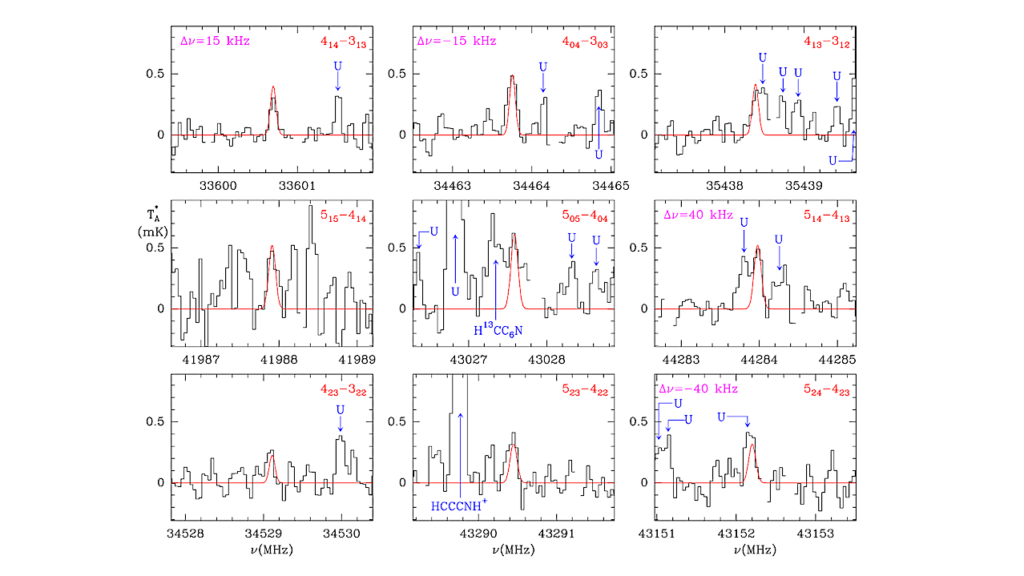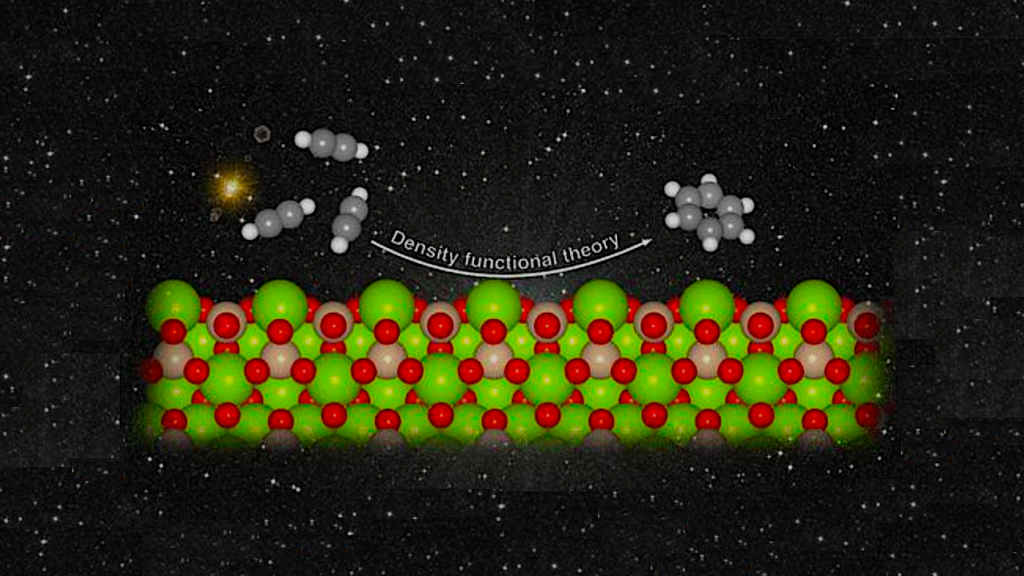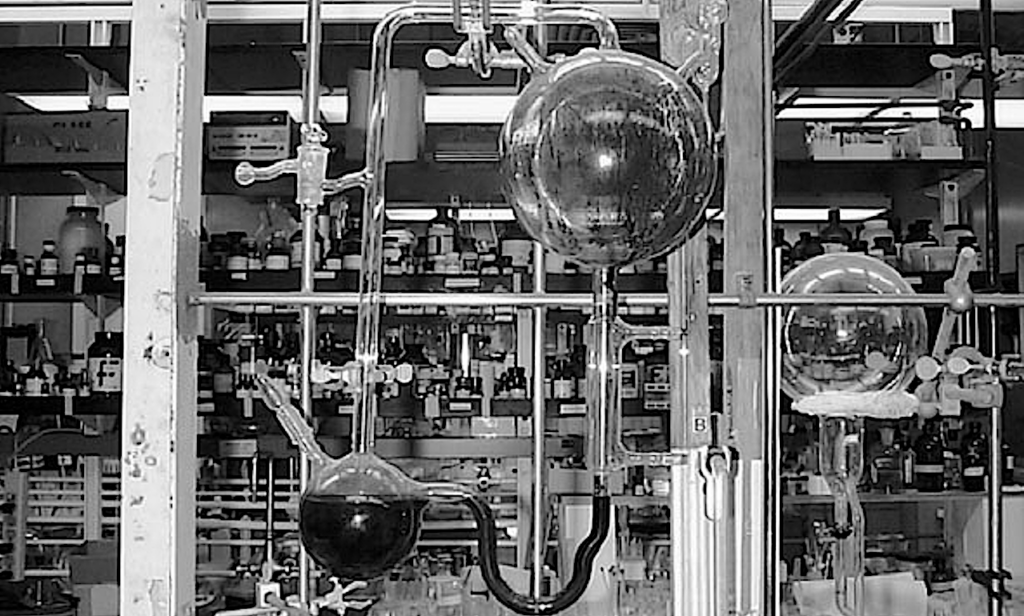VIS spectroscopy of NaCl-water ice mixtures irradiated with 1 and 5 keV electrons under Europa_s conditions: Formation of colour centres and Na colloids

Recent laboratory efforts and telescopic observations of Europa have shown the relevance of a yellow colouration of sodium chloride (NaCl) caused by crystal defects generated by irradiation.
We further investigate this process by irradiating (with energetic electrons) different types of analogues where NaCl is associated in different ways to water ice. We produce two types of icy analogues: compact slabs and granular particles where we investigate two particle sizes (5 and 70 μm). We perform electron irradiation at cryogenic temperatures (100 K) and under high vacuum (10-7 mbar) conditions, with energies of 1 and 5 keV. We observe the formation of two different types of colour centres.
The so-called F-centres (460 nm) were formed in every sample, but the intensity of the absorption band within the compact slabs surpassed any other icy analogues and was comparable to the intensity of the absorption band within pure NaCl grains. M-centres (720 nm) have not been detected at the surface of Europa so far, and were close to the detection limit during our irradiation of compact slabs. The slabs could be good analogues for Europa_s surface as they produce mainly F-centres. Other notable differences have been observed between compact slabs and granular samples, such as the presence of an absorption band at 580 nm attributed to colloids of Na, exclusively within granular samples. Such absorptions have not been reported in previous studies.
Romain Cerubini, Antoine Pommerol, André Galli, Bernhard Jost, Peter Wurz, Nicolas Thomas
Comments: 57 pages, 13 figures
Subjects: Earth and Planetary Astrophysics (astro-ph.EP); Soft Condensed Matter (cond-mat.soft); Chemical Physics (physics.chem-ph)
Cite as: arXiv:2208.01314 [astro-ph.EP] (or arXiv:2208.01314v1 [astro-ph.EP] for this version)
Journal reference: Icarus, June 2022
Related DOI:
https://doi.org/10.1016/j.icarus.2022.114977
Focus to learn more
Submission history
From: Romain Cerubini
[v1] Tue, 2 Aug 2022 08:47:30 UTC (3,864 KB)
https://arxiv.org/abs/2208.01314
Astrobiology








